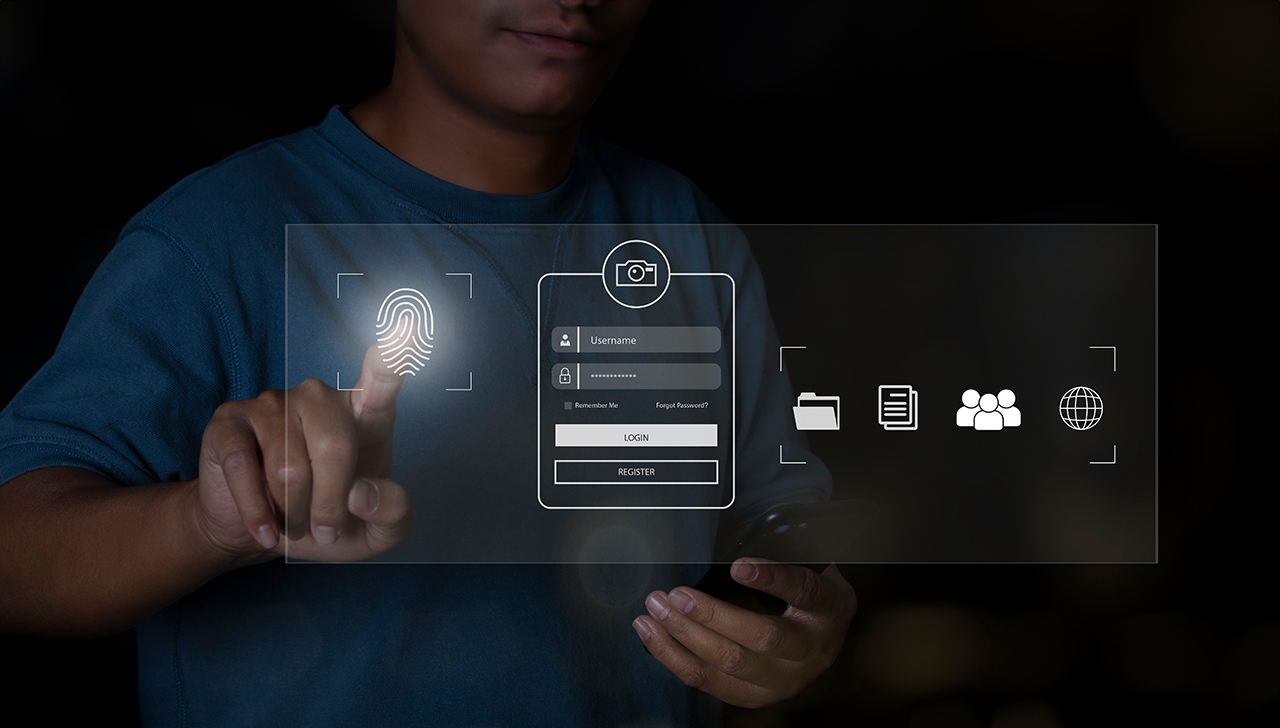
Secured Access for Modern Network Environments
Zero Trust Network Access (ZTNA) is a security model that verifies every user and device attempting to access resources on a network, regardless of their location, to ensure continuous protection against cyber threats.

What is Zero Trust Network Access?
Zero Trust Network Access (ZTNA) services provide secure access to applications based on identity verification and strict access policies, regardless of user location or device. It ensures that only authorised users and devices can access specific resources, reducing the risk of unauthorised access and potential security breaches.

Why is Zero Trust Network Access Important?
Zero Trust Network Access (ZTNA) is crucial as traditional network security models are inadequate for today's dynamic digital landscape. It enhances security by verifying user identities and enforcing strict access controls, mitigating risks associated with unauthorised access, data breaches, and cyber threats in increasingly complex network environments.

Why Suraksha’s ZTNA services
Our solution prioritises user-centric authentication, adopts least privilege principles, and ensures adaptable, compliant access. With a focus on user experience, Yotta uniquely empowers businesses to thrive securely in today's dynamic digital landscape.
Elevate Security Standards with User-Centric Authentication and Adaptive Controls
Yotta's ZTNA service redefines security, prioritizing user-centric authentication and adaptive controls. Seamlessly accessing applications, it transforms cybersecurity for end customers, ensuring compliance and adaptability in the dynamic digital landscape. Our commitment is to empower businesses with robust and user-friendly security solutions.

Features

User-Centric Authentication
Prioritize user identity verification using multifactor authentication and contextual information for secure access.

Least Privilege Access
Grant users the minimal necessary permissions based on their roles, minimizing the attack surface.

Adaptive Access Controls
Dynamically adjust access policies based on user behaviour, device health, and contextual data to respond to evolving threats.

Application-Centric Security
Focus on securing individual applications rather than entire networks, enhancing protection against targeted attacks.

Real-Time Monitoring and Analytics
Monitor user activities in real-time, analyse access patterns, and detect anomalies to mitigate risks promptly.

Compliance Enforcement
Enforce regulatory compliance by implementing access controls, audit trails, and reporting mechanisms.

Device Trustworthiness Assessment
Assess the security posture of devices accessing applications, ensuring compliance with security policies.
Intelligent Policy Management
Implement granular access policies based on user roles, locations, and other contextual factors to ensure security and compliance
Secure Cloud Connectivity
Extend ZTNA security to cloud environments, ensuring consistent protection across hybrid infrastructures.
Use Cases

